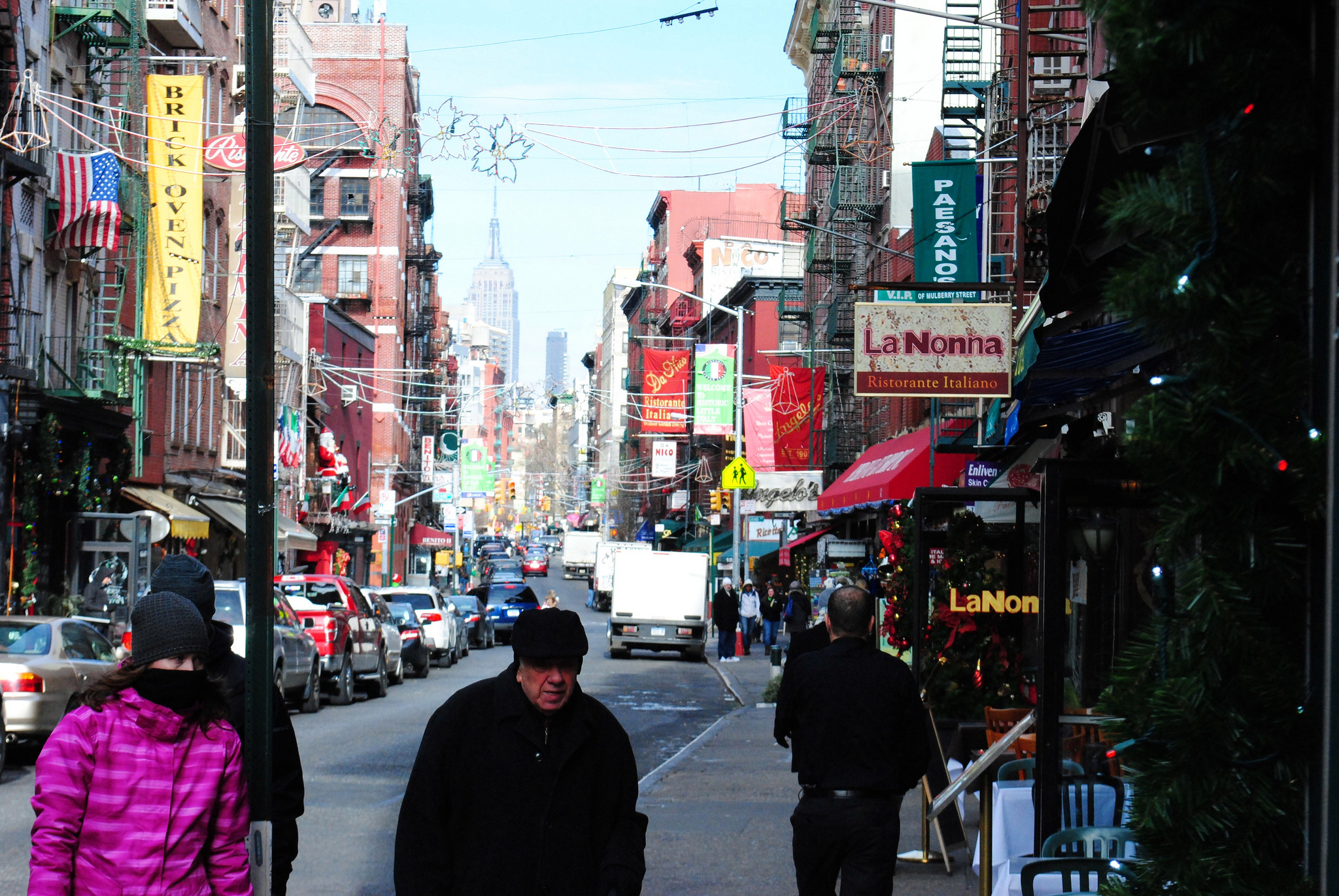Urban Planners Are Designing Cities Resilient to Vehicle Attacks

Credit to Author: Ankita Rao| Date: Fri, 03 Nov 2017 15:12:28 +0000
A year ago, I wrote about architects building schools and offices to protect against mass shootings. After the terrorist attack on Tuesday in New York City, when a man rented a truck and barreled down a bike lane to kill as many pedestrians as possible, leaving eight dead and another dozen injured, I went back with more questions.
Vehicular attacks seem to be an increasingly popular method of destruction—we’ve seen them recently in Stockholm, Nice, London and Barcelona. Turns out there are design solutions that can help—in this weekend’s NYC marathon, police officials are already ramping up security—but some of these fixes come with the risk of turning the city into an uncomfortable fortress, or ramping up mass surveillance.
“There are certainly urban infrastructure approaches that are imperative to tackling the broader issue of vehicular violence—and many cities, New York included, are having those conversations,” said Michael Berkowitz, president of 100 Resilient Cities, an organization that works on infrastructure solutions for urban centers.
Gabe Klein, co-author of Start-Up City, told me there are some road safety measures that can help. First, planners could focus on removing vehicles altogether from high-traffic pedestrian zones. Installing remote-controlled bollards—short posts—he said, could also help keep a barrier in between cars and people, and can be moved for ambulances or police.
In Sweden, where a similar vehicular attack killed five people in April, city planners have put up more physical barriers like blocks and stone lions in the streets. Now, the infrastructure minister said cities like Stockholm may use geofencing, virtual barriers that usually rely on GPS systems, to monitor areas of the city.
And these barriers don’t always have to be as obvious—as I reported in my earlier piece, rain gardens, ponds, and bridges can also help create natural barriers, while retaining a sense of calm for people using the space.
“Trucks and SUVs have been an arms race for size and weight to protect the passengers.”
But it’s not just stopping a rogue vehicle that is important. Klein said the cars themselves need to be reconsidered and regulated, and that cities should only allow automated, low speed, lightweight electric vehicles in their centers. Larger trucks for deliveries could be allowed only at night, as some cities in Europe have done.
“Vehicles are generally out of scale for cities,” said Klein, who was also former transportation commissioner in DC and Chicago. “Trucks and SUVs have been an arms race for size and weight to protect the passengers.”
But everyone I talked to also agreed that urban planning could only do so much when it comes to attacks. And building cities to be defensive could also make them feel suffocating, with too many physical reminders about the risk of attack. There’s also the concern that technological solutions like geofencing and sensors create new types of mass surveillance.
“No infrastructure is going to negate the ability for a maniac to cause collateral damage unless we want to dramatically change the way our streets work,” Klein said, “and this would likely have significantly negative impacts on quality of life.”
Meanwhile, Aaron Betsky, dean of the Frank Lloyd Wright School of Architecture in Arizona, told me it was a “social and political issue,” not one for architects to solve.
It’s also important to note that the attack in New York happened in an already-protected bike lane. While there aren’t heavy physical barriers between the road and the lane in that part of Manhattan, this was still an organized roadway that took bikers and walkers into account, not one of the many other roads where bicycles have to weave through car traffic because there are no lanes.
It’s not up to urban planners and designers to protect us against terrorist attacks or violence, but it’s clear that many elements of how we create the spaces where we live and work can contribute to our safety. A city that’s designed to promote resilience rather than fear will always work in our favor.
“What we saw earlier this week in New York was the strength of the city’s social resilience, ” Berkowitz said. “The response to the attack was swift by the authorities and order was kept. Hours later, thousands of New Yorkers were celebrating Halloween just a mile away from the attack.”
Get six of our favorite Motherboard stories every day by signing up for our newsletter .